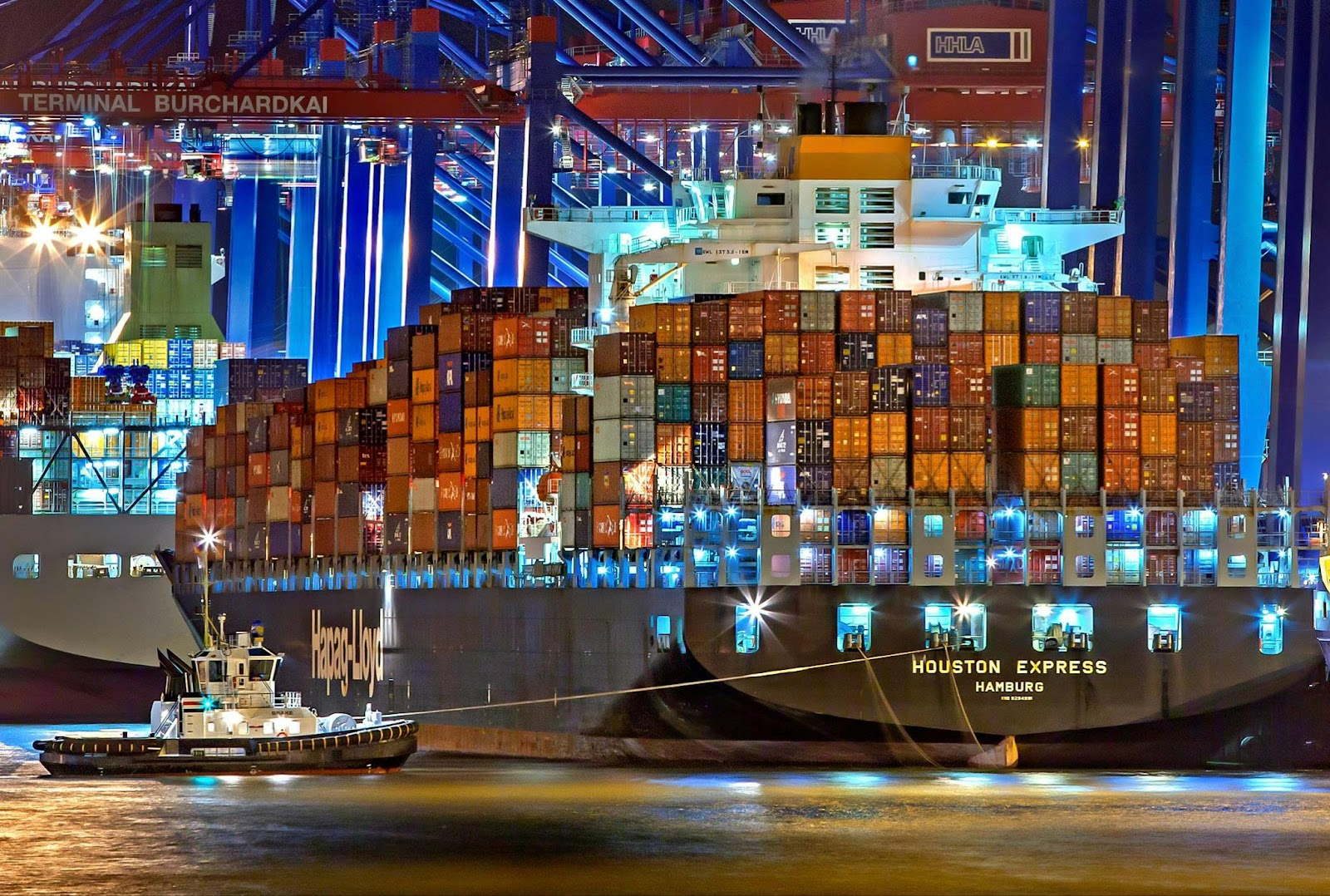Resource Library
Trade Without Limits: Turning Paper Risks into Digital Reliability
How Technology Is Rewriting the Rules of Global Trade
In global trade, a single incorrect document can halt a shipment, freeze payments, and cost companies millions. According to the World Bank, over 30% of shipment delays in Southeast Asia were due to incomplete or inaccurate paperwork, highlighting how critical document accuracy is for smooth trade. Fraudulent or inaccurate trading documents expose companies to significant operational and financial risks, often causing customs delays, regulatory penalties, interrupted cash flow, and reputational damage that can disrupt the entire supply chain.

The $50 Billion Risk: Why Global Trade Can’t Afford Paper
In 2024, the ICC reported that over 90% of global trade transactions still rely on paper-based documents or static PDFs to store supply chain information.This reliance on paper creates two major problems: high risk of fraud and frequent human errors, such as lost or misfiled documents, making manual, paper-based trading documents both unsustainable and costly. They introduce significant financial, regulatory, and operational risks:
Financial: Banks may reject Letters of Credit or other payments if fields mismatch. According to the International Chamber of Commerce’s 2023 report on trade fraud, at least 1% of global trade finance transactions (worth around USD 50 billion out of a USD 5 trillion market) are affected by fraud, highlighting the significant financial risks of relying on paper-based documents.
Regulatory: Missing or incorrect documents, such as Certificates of Origin, inaccurate HS codes, or misvalued shipments, can lead to fines, additional inspections, and customs holds.
Operational: Manual document handling and cross-checking require substantial staff time, slowing down shipments and increasing the risk of errors. According to the World Bank, over 30% of shipment delays in Southeast Asia were due to incomplete or inaccurate paperwork, highlighting how critical document accuracy is for smooth trade.
While many countries have long moved to electronic records, international trade still heavily relies on paper, invoices, bills of lading, bank drafts, a practice largely unchanged for centuries. Beyond the environmental impact, this dependence on paper drains efficiency and exposes companies to fraud and financial losses estimated at $50 billion annually, according to ICC.
Beyond the reliance on paper and manual processes, other factors further contribute to the complexity of today’s trade flow.
The Complexity of Today’s Trade Flow
Moving goods from origin to destination now involves navigating a growing web of regulations, coordinating multiple stakeholders, and ensuring strict documentation compliance for customs, trade finance, and other regulatory requirements. McKinsey reports that processing a single shipment often involves up to 50 sheets of paper, shared with as many as 30 stakeholders, highlighting the inefficiency and complexity of traditional trade documentation. Banks, auditors, regulators, and other intermediaries play critical roles in authenticating shipments, as represented in the diagram below.

Global Trade’s Tipping Points: Navigating Document Complexity
Because of this complexity, global trade relies on dozens of critical documents, each one a potential point of failure. These documents are created by different parties, often in different formats, and must be perfectly aligned. Even a single error, a missing signature, a misaligned HS code, or a wrong quantity, can trigger cascading financial and operational consequences.
To understand where these risks come from, let’s look at the critical documents that form the backbone of global trade.

Digital Solutions for a Safer, Smarter Trade
Cutting-edge technologies are transforming trade from a paper-based, error-prone system into a digital-first, verifiable, and efficient workflow. AI-powered Computer Vision and Intelligent Document Processing digitize and verify paperwork, reducing manual errors; Generative AI and Large Language Models automate compliance checks and workflows across multiple stakeholders; and Geospatial AI cross-verifies land, cargo routes, and sustainability claims, ensuring trade is traceable and compliant.
One of the most impactful examples is the electronic Bill of Lading (eBL). As of December 2024, the adoption rate of eBLs had risen to 49.2%, up from 33.0% in 2022, reflecting a significant shift towards digital documentation in international trade (ICC). McKinsey estimates that widespread adoption of eBLs could unlock up to $40 billion in additional global trade volume, by reducing friction and errors (McKinsey & Company).
The transformation doesn’t stop there: Blockchain ensures documents cannot be tampered with, IoT sensors provide real-time visibility of shipments, and integrated digital platforms connect companies, banks, auditors, and regulators into a single trusted workflow. Together, these technologies turn a system once plagued by fraud, inefficiency, and delays into one that is faster, transparent, and fully verifiable.
Marvin: Trade Without Limits
At Marvin, we are already at the forefront of this transformation. Our platform makes trade trustable, verifiable, secure, and efficient.
But don’t just take our word for it, here’s what our clients have to say:
“Implementing the Track & Trace system with Marvin has been a game-changer for Suzano. We have centralized our data to simplify visibility from forest to customer, with compliance, certification, and logistics connected in one place. It also reinforces the transparency and trust our customers already place in the origin and sustainability of our products.”
— Bruno, Digital Transformation Manager at Suzano
Ready to see how Marvin can make your trade faster, safer, and fully verifiable? Talk to us and discover the future of digital trade.

Our Latest Resources
Land-based industries today face complex water-related challenges driven by climate change and evolving environmental demands.
The Challenge of Verifying Commodity Origins

